The concept of connectivity
An important word in conservation is connectivity. It is a concept that makes our wilderness in North America different from many places around the world. Our wilderness parks are not isolated tracts of land that harbor trapped wildlife populations. Thanks to buffer zones around many national parks, a lot of our wildlife has room to move outside the boundary lines.
For a park like the Great Smoky Mountains there is Joyce Kilmer, for Joshua Tree there is the Mecca Hills Wilderness Area, and for the Grand Canyon there is the Kaibab National Forest. A quick glance at any national park on the map and you will find a lot of green areas close by and bordering.
For the Everglades, there is the Big Cypress National Preserve, Collier-Seminole State Park, and Fakahatchee Strand State Preserve. I spent part of two days on the edge of the Everglades exploring Fakahatchee Strand checking out the swamps, doing a little hiking, birding, and even got an amazing sunset in for my effort.
Fakahatchee Strand State Preserve
Just north of the Everglades and west of Big Cypress, the Fakahatchee Strand is an important extension to the wilds of south Florida. According to the website, it is a linear forested swamp approximately 20 miles long by 5 miles wide. It provides key habitat for the Florida panther. Panther crossing signs outside the park on the highway warn motorists to slow down.
There are two entry points for the preserve. One off of Highway 29 on Janes Memorial Scenic Drive, and the other farther south along U.S. Highway 41 or the Tamiami Trail.
Exploring Fakahatchee Strand – Northern entrance
Once you turn on the scenic drive off of Highway 29, you pass through a cluster of homes and then you enter the preserve. At first the road takes you through open savannah and swampland, but very quickly the road enters the murky deep dark swamps. Entrance fee is $3.00 per vehicle and $2.00 for non-motorized options.
Drive slow and stop often. The swamp is full of birds and alligators. I saw one car creeping along with a passenger poking her head out the sunroof with binoculars pointed. I had stopped to check out an alligator. They asked what I was looking at, so I shared the intelligence of a gator hiding in the mud. Nonplussed, they continued their search.
This was my third time in a cypress swamp in Florida in the past week, and I had yet to tire of the scenery. Cypress swamps are mysterious, eerie, otherworldly, lush, and just plain beautiful places. A different kind of outdoor beauty exists here. It is not like a vista in the Grand Canyon or a snow covered mountain peak. Perhaps you do not gape open mouthed at the beauty of a cypress swamp, but somehow the charm of these places hook me and have me thinking of them long after I have moved on.
It has been this way for me ever since childhood. When I first visited the Everglades as an adolescent, I dreamed about the experience for months and years afterwards and found myself petitioning my parents for a return trip. It was not hard as they fell in love with the landscape as well.
At Fakahatchee, most people stick to the scenic road. It is 11 miles long and the only thoroughfare in the park. There are several trails or “trams” that veer off from the road. I parked at a gate and walked about a mile into the swampy forest on an abandon road before returning. Many of these trails are overgrown, muddy, and some impassable. There is a section of the Florida Trail farther north, which sounds intriguing for a return trip, but I did not make it on this one.
Exploring Fakahatchee Strand – Southern Entrance
The south end of Fakahatachee Strand is a little more visitor friendly for those who are not as adventurous and do not want to walk through a swamp. The Big Cypress Bend Boardwalk Trail is a wonderful 1 mile round trip trail that traverses through the world’s only bald cypress-royal palm forest. Suggested donation is $3.00 for the trail.
The boardwalk ends over a scenic swamp with an observation platform. From the observation deck an alligator, blue heron, wood stork, and egret shared the small pool and fished.
At one point the alligator swam into the pool and submerged. Hundreds of small fish surfaced and made a ripple on the pond’s surface. The egret took advantage and flew over the pond and dove into the fleeing frightened minnows and harpooned a small snack being careful not to get too close to where the alligator disappeared to.
This is the great thing about Florida. There are many opportunities to watch animals feed. During my two week trip I saw numerous osprey with huge fish in their talons flying or perched on a sign eating. I also saw anhinga, egrets, and herons eating fish or crayfish.
There is also a canoe trail on this side of the Fak, which looks really interesting. The park website talks about lakes with mangrove tunnels in between and access to the 10,000 Islands. This is something I would love to check out for my next Fakahatchee adventure.
Fakahatchee Strand is open 8 a.m. to sunset. There is no camping inside the park. Nearby camping can be found at Collier-Seminole and Big Cypress. Everglades City is the closest city with lodging.
The goal of Traveling Ted is to inspire people to outdoor adventure travel and then provide tips on where and how to go. If you liked this post then enter your email in the box to get email notifications for each new entry. Daily travel photos are excluded from your email in order to not flood you with posts. There is no spam and email information will not be shared. Other e-follow options include Facebook (click on the like box to the right) or twitter (click on the pretty bird on the rainbow above).
On the right sidebar is a donate button. If you would like to donate in order to support the site, it would be appreciated. All donations would cover travel expenses and improvements to make the site better.







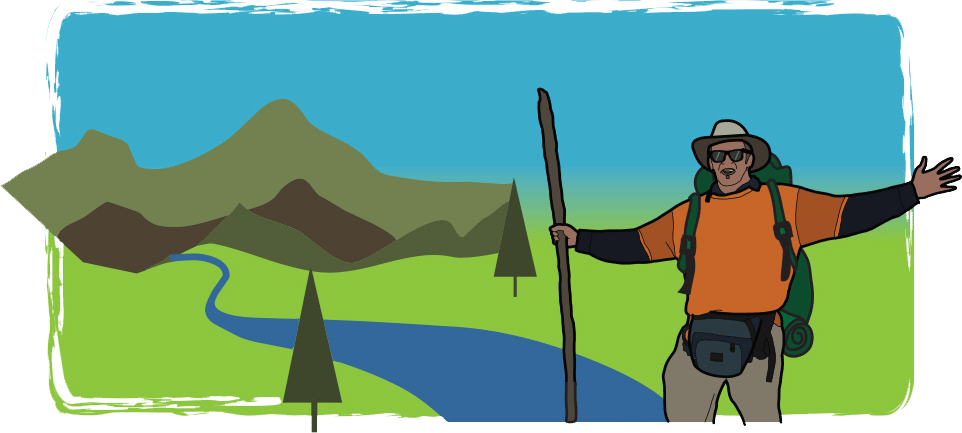
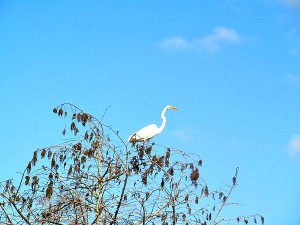
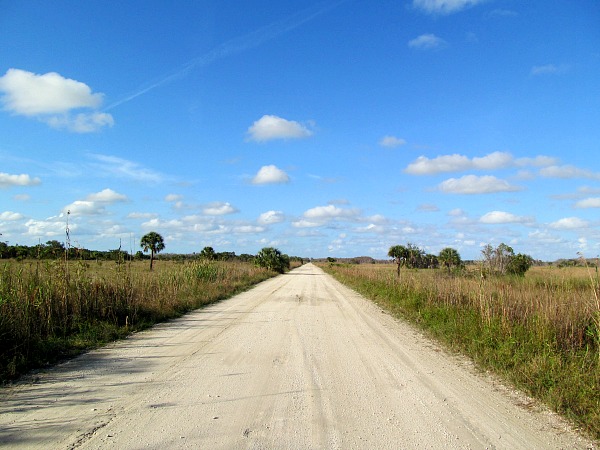


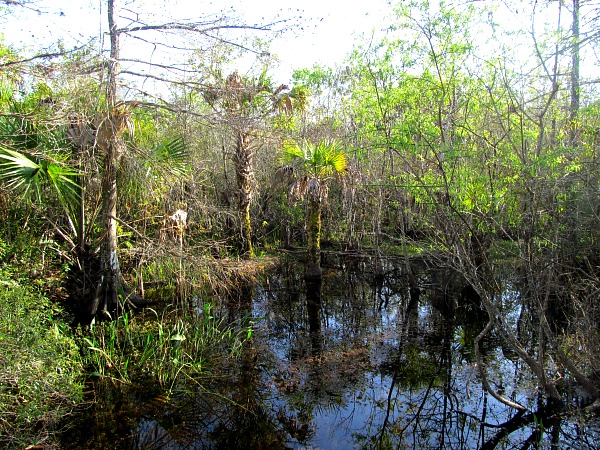
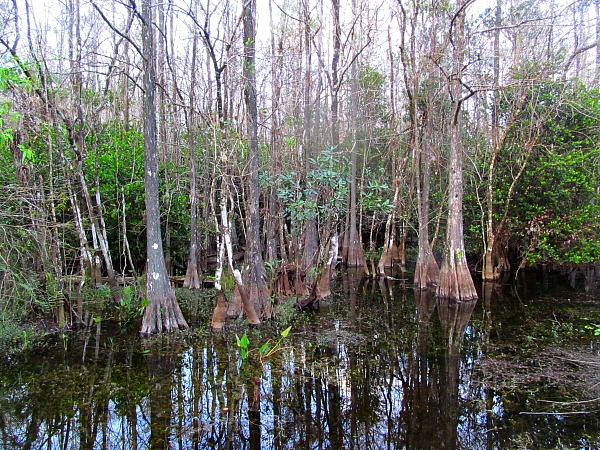
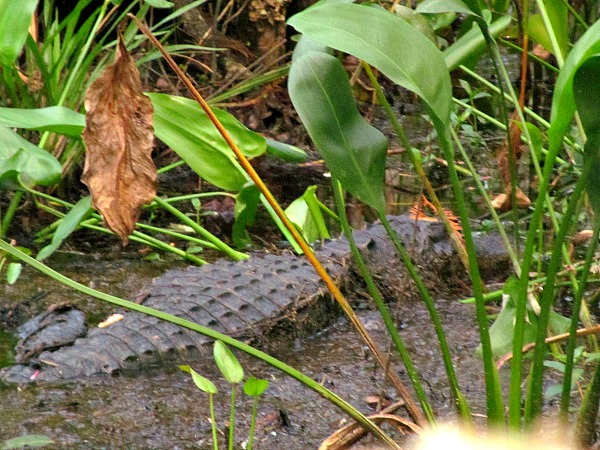
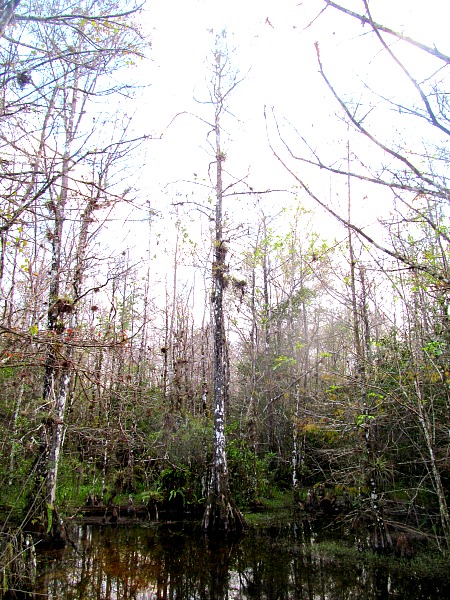
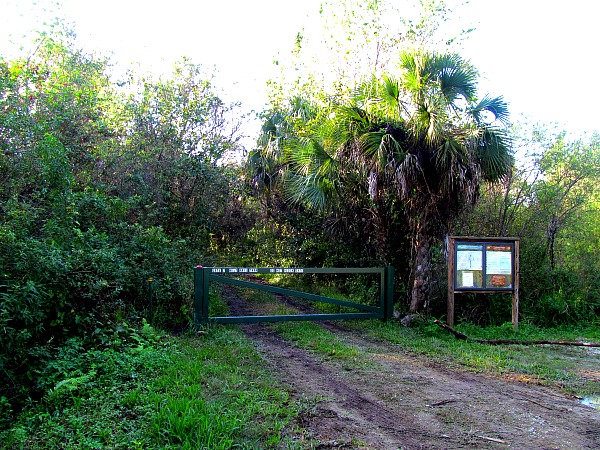
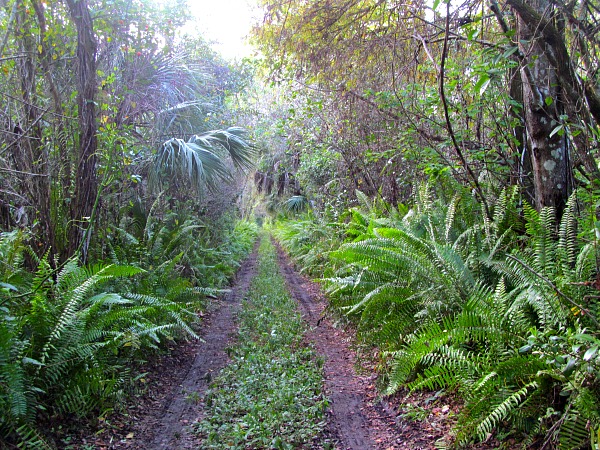
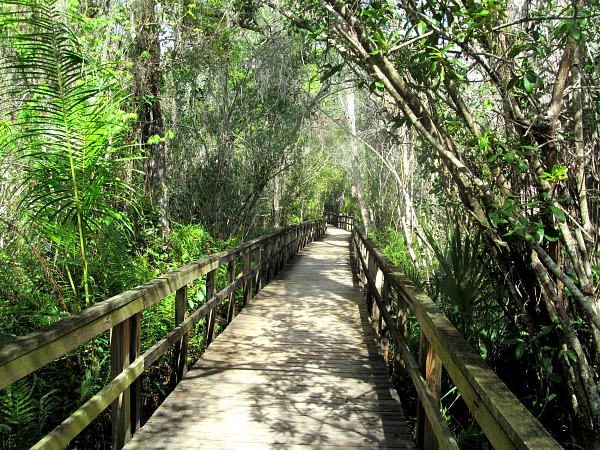
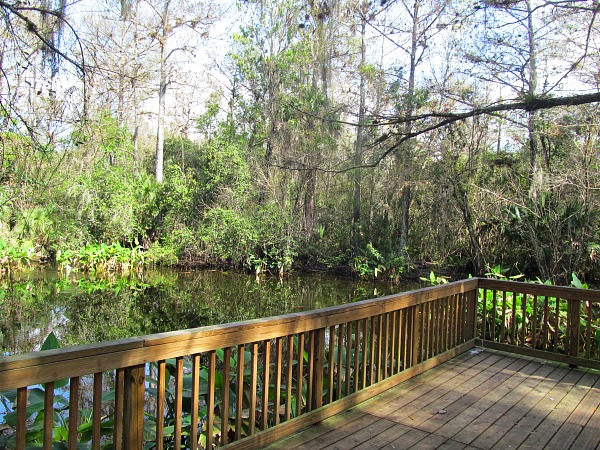
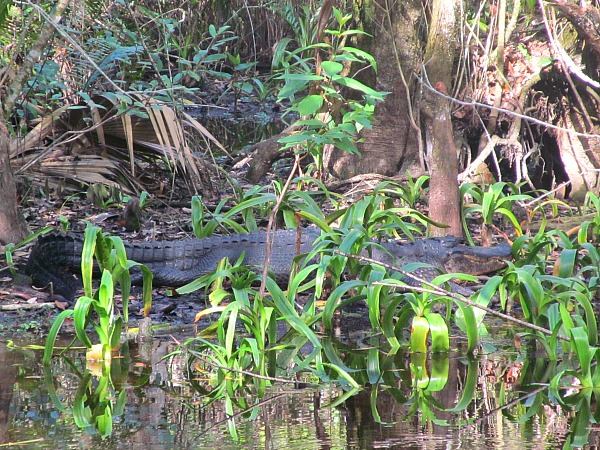
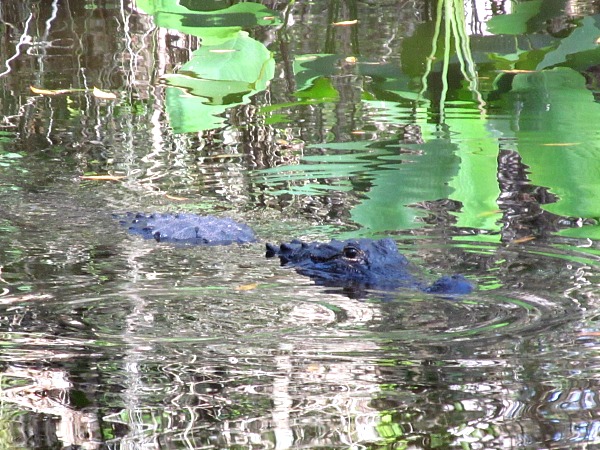
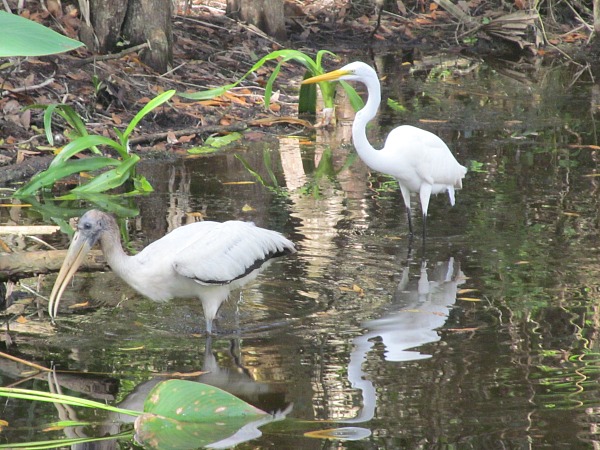

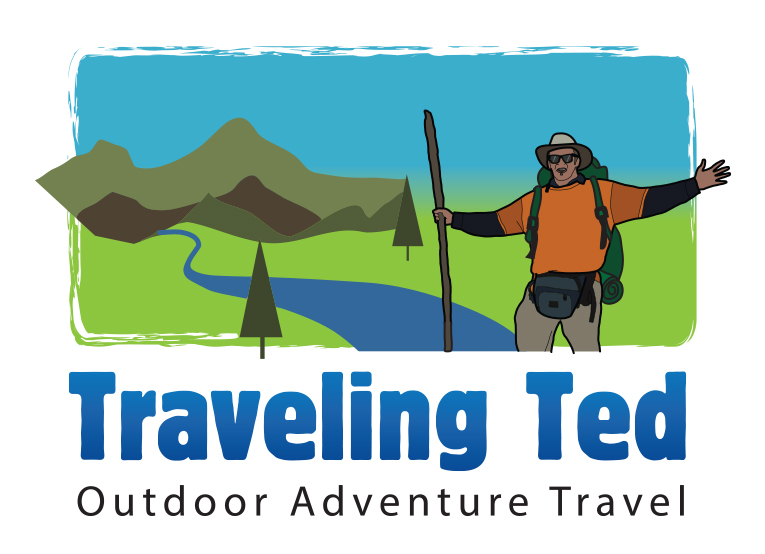
These are some great pictures ted!
Thanks Rashmi!
Panthers and alligators, oh my! I’m afraid that gator would have freaked me out. I’ve seen them in the wild once on an airboat tour through the Everglades and I was scared silly!
Leah recently posted..A Practical Guide to Visiting Rio de Janeiro
As long as you don’t go swimming, you are pretty safe from gators. I don’t think I have ever heard of them attacking even boats. There has never been a panther attack in Florida. They are a little smaller there and keep to the deer.
i swim where gators are all the time…just swim in clear water thats all..they are pretty harmless ..and really don’t like human intervention…
Hello John,
If you are local, you know better than I where to swim and where not to swim. I am not taking my chances. I will swim in the ocean, swimming pools, designated swimming areas, and in the springs when in gator country. If I was really hot I might swim if someone else was with me, and I felt like the area was safe.
People so often overlook Florida’s amazing wildlife – thanks for the reminder!
Fiona recently posted..Bringing History Home: In Flanders Fields Museum, Ypres
Thanks Fiona,
There is more to Florida than Orlando and beaches.
thats for sure
For starters I love the name of the park. And I agree about the beauty of a swamp. It feels so foreign and mysterious to me and you never know what may lay lurking around the next bend. I also love the sound of exploring further by canoe. I can’t believe how empty the place seems to be.
Leigh recently posted..Biking The Highest Public Road in Canada
I do love the Florida areas named after Native American names. Okeechobee, Okeefenokee, Ichetucknee, Weeki Wachee, Pahokee just to name a few. There were a few cars and hikers, but I pretty much had the road to myself except for the alligators.
I haven’t really thought about the parks surrounding the parks. I guess that was planned?
Trips By Lance recently posted..My New York: New Yorker’s Guide to Brooklyn
I am not sure if there were ever long range plans. It probably differs from park-to-park. National parks are usually in remote areas with a lot of wild areas surrounding it, so it makes sense to expand the protection area and make them state parks, national forests, or wildlife areas.
definitely make this happen on my next trip to Florida… thanks for enlightening me about America once again…
stay exploring the outer regions, Craig
Craig Zabransky recently posted..Sunset Sunday-Ipanema Beach in Rio de Janeiro, Brazil
There are some great places in Florida not on the coast. I even saw an amazing sunset here.
This does not even seem like it’s in the USA! I am loving the panther signs too. Okay, since I’m stuck in the US anyway, maybe I should make my way down south and explore this state preserve. I can take the Ted Tour, based on all the posts of yours that I’ve been reading! 🙂
Erin – The World Wanderer recently posted..The CKGS Saga Continues.